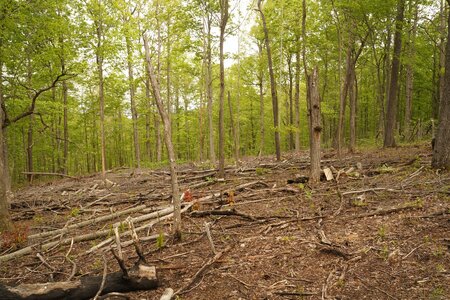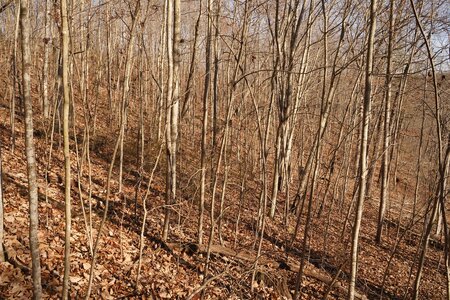Mennoniteman
Well-Known Member
Several years ago I was cutting open a trail through a thicket, and while clearing a long pole angled upwards into the treetops, a dead branch hanging high up in a live tree from logging activities got dislodged, and when it hit me it fractured a vertebrae, which was totally my own fault for not inspecting the treetops for hazards while cutting stuff with a chainsaw. But I've lived life to the fullest, plenty of action with no regrets, where I've fractured vertebrae before, and amazingly, have no longterm back pain to speak of.I have seen perfectly live trees dangerously fall to the ground. I have yet to witness a tree that I have killed fall to the ground. As Men Man mentioned, after the storm passes, I go up and clean up the trails.
G
I'm an experienced tree feller with training in that field, but one moment of sloppiness caused 6 weeks worth of pain. When talking about felling vs. spraying I'll pick the chemical process as the way safer option of the two every time.
When cutting in the woods: Know what you are doing! Always look up! Always watch for loaded branches! Logging is the second most dangerous occupation, right next to being president.



